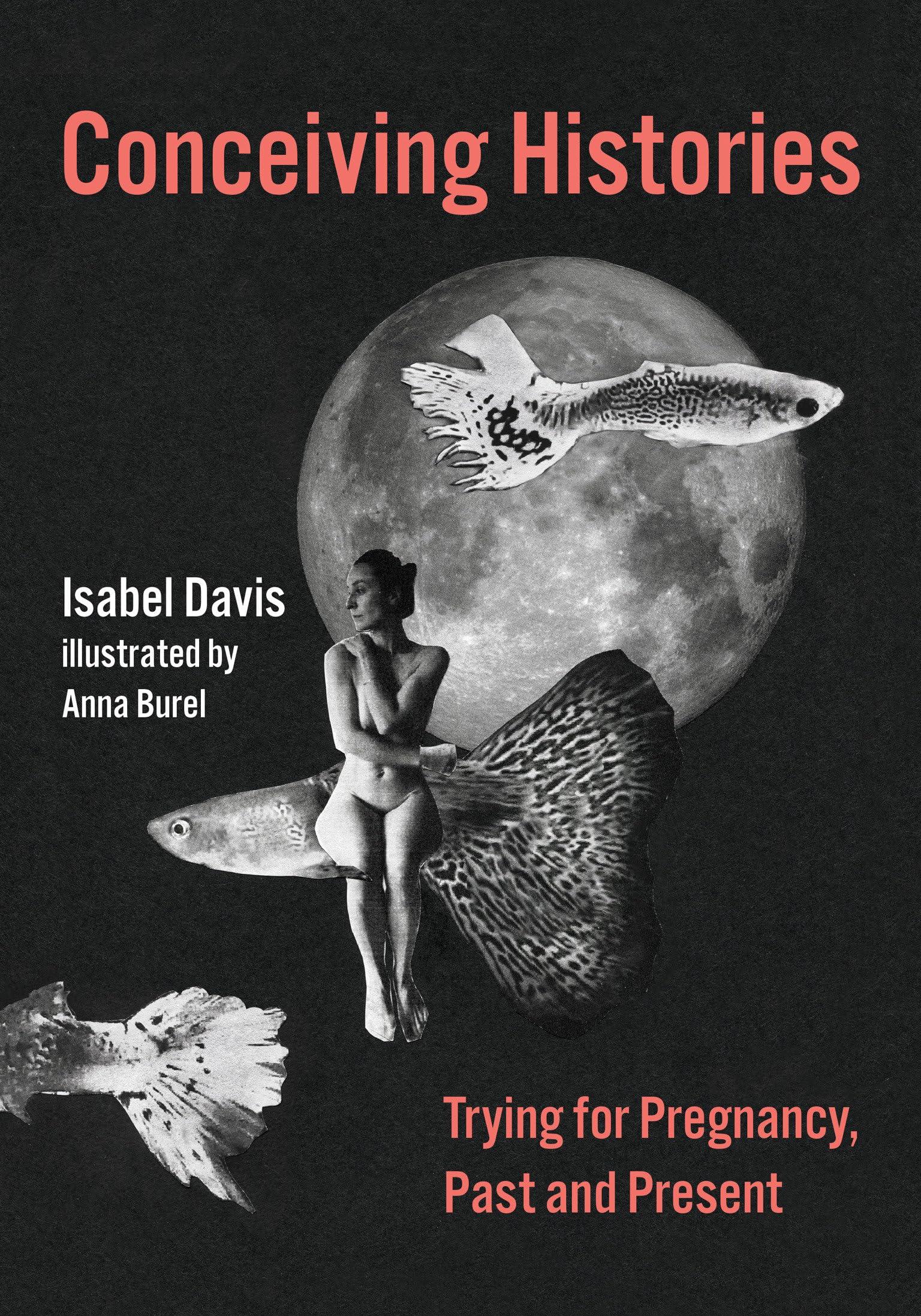In Conceiving Histories, Isabel Davis looks into the history of conception and finds that people in the past were generally calmer about the not-knowing, about the interminable waiting and doubt. She tells her own story of trying to get pregnant, a story marked by inconclusive test results and contradictory or confusing scans. ‘There was rarely an objective clarity,’ she remembers, ‘an alignment of symptoms with a test which matched an inner conviction.’ Home pregnancy tests measure pregnancy-related hormones, not an embryo; those hormones can linger for weeks after a miscarriage. The blue line can bluff.
‘What [was] hee in his Mothers Womb,’ the 17th-century physician William Harvey wondered: ‘whether three bubbles? Or some rude and indigested lump?’ We have better answers to Harvey’s question now, but many others remain unanswered. Fertility doctors can sort and tidy sperm, for example – selecting for well-shaped ones, washing them, cutting off any problematic tails, eliminating the dented ones or the ones with two heads – but they don’t know for certain that pretty sperm get better results. People undergoing fertility treatment are given the opportunity to purchase time-lapse imaging of their embryos, and the images are used to choose those supposedly most likely to achieve pregnancy, but it’s unclear whether such technology helps.
So there is still some mystery, maybe more than we care to admit. It would be better to acknowledge this, Davis suggests; better to be comfortable with the not-knowing. Fertility technology offers a promise of security, clarity, early and unequivocal knowledge, but the promise isn’t as sure as it seems and the human body considerably messier than a positive or negative on a pregnancy test can convey. The historian Lara Freidenfelds made a similar argument in her excellent book, The Myth of the Perfect Pregnancy (2019). Just because we can see inside doesn’t mean we can control what goes on in there. The process of creating new life is fragile, and reversible; it can be heartbreaking to attach so much meaning and hope to something so tenuous.
If we believe medieval morality tales, only a tyrant would dare to seek such clarity, such totalising control. Texts recounting the life of Nero tell us that he murdered his own mother and then rooted around in her abdomen to discover where he had come from. But he didn’t find out what he wanted to know, so he ordered his own doctors to impregnate him. One physician went down to a pond (of course), scooped up some frogspawn and mixed it into a potion. Nero drank it. As the months passed, he began to have a wriggling feeling. And then labour pains began. He vomited up a grown frog and thought he saw something of himself in its glassy eyes. He built his frog-son a beautiful vivarium, encrusted with precious stones.
